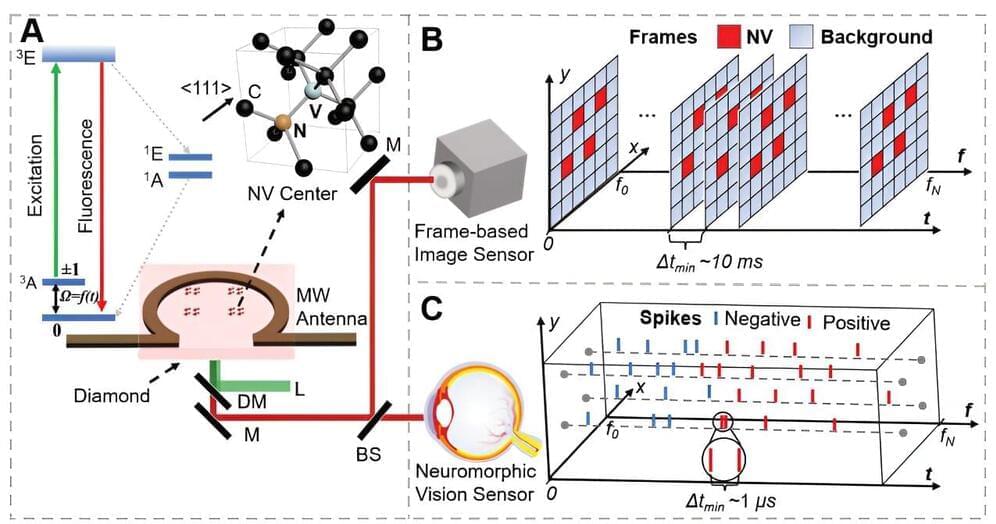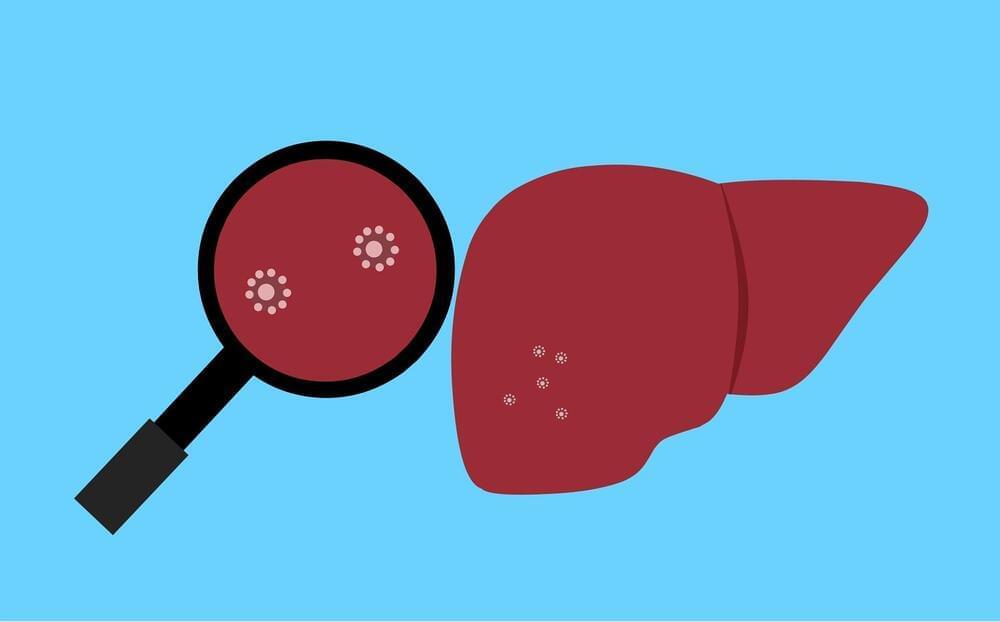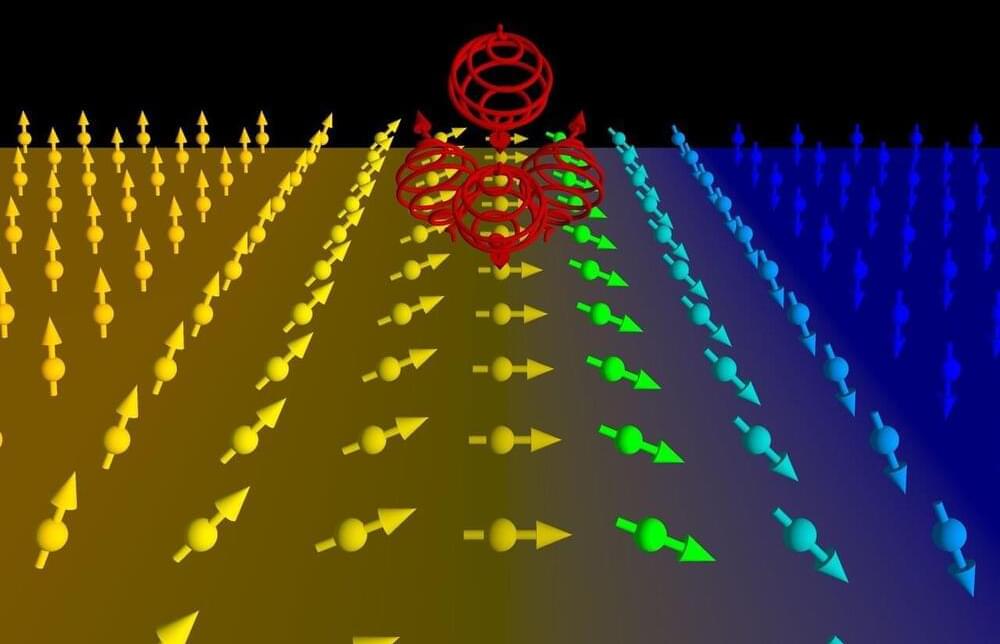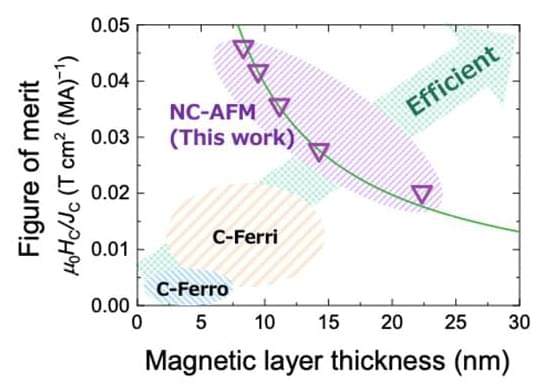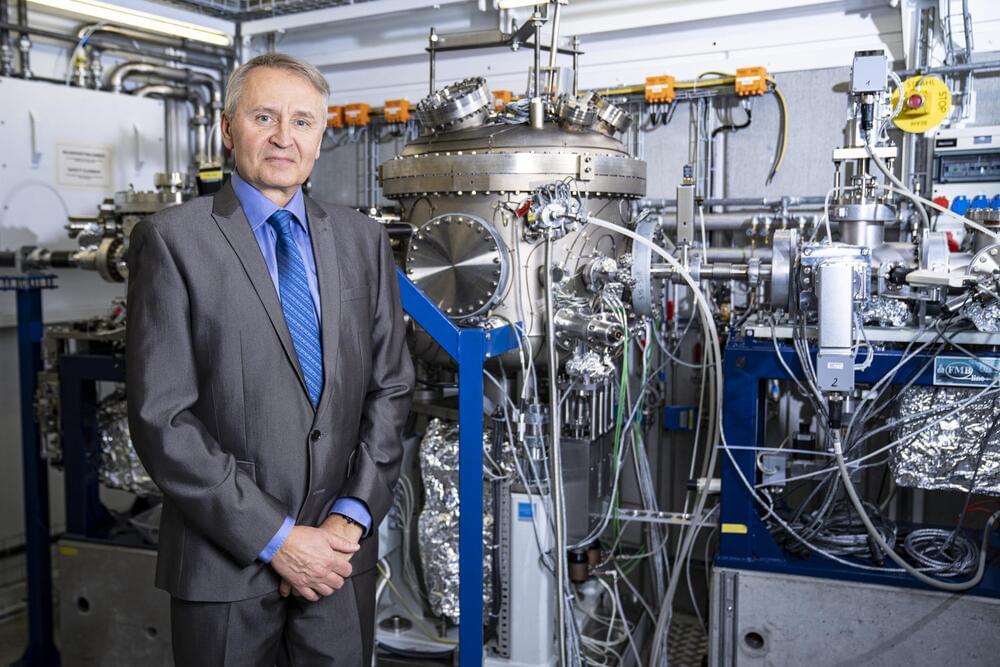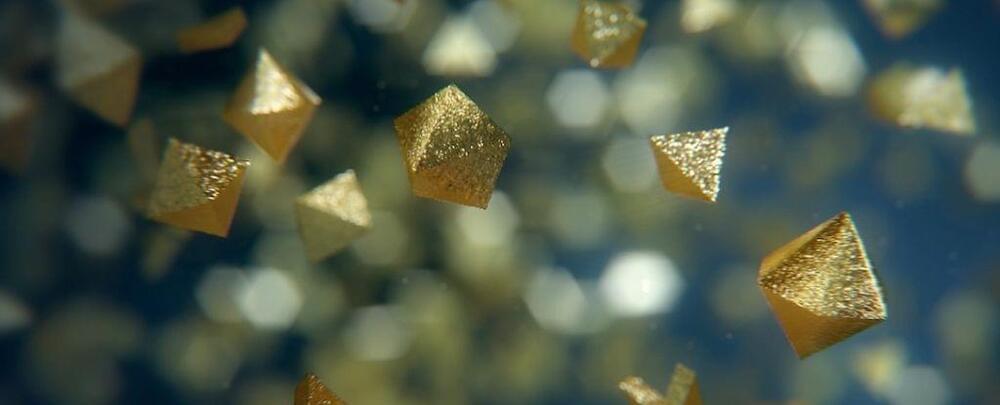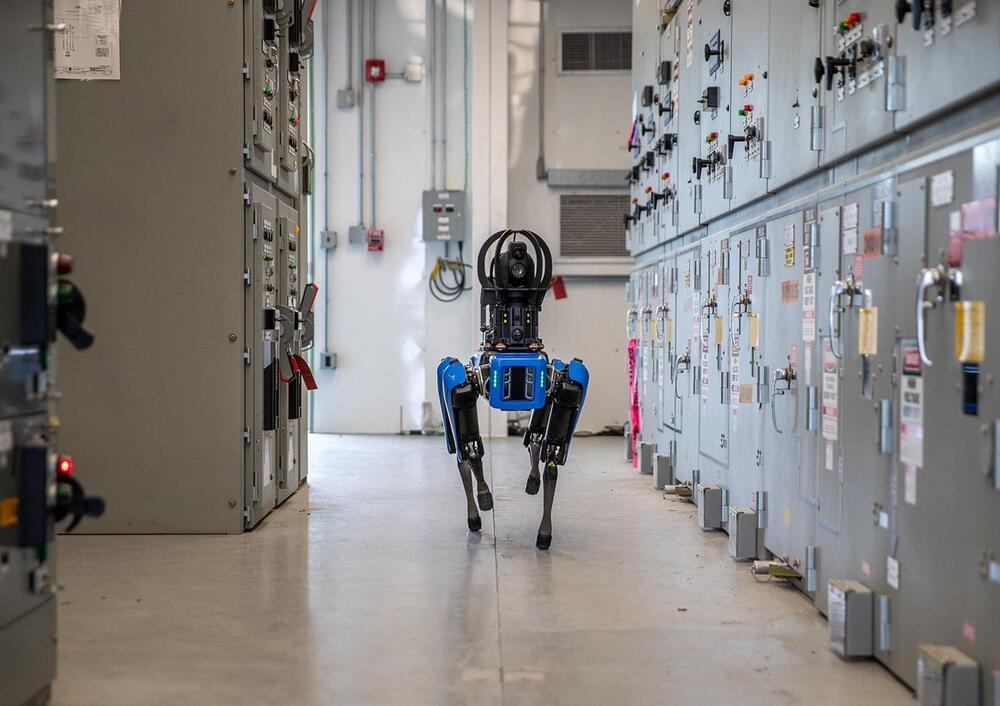Feb 20, 2024
Widefield diamond quantum sensing with neuromorphic vision sensors
Posted by Dan Breeden in categories: biological, quantum physics
A collaborative project has made a breakthrough in enhancing the speed and resolution of widefield quantum sensing, leading to new opportunities in scientific research and practical applications.
By collaborating with scientists from Mainland China and Germany, the team has successfully developed a quantum sensing technology using a neuromorphic vision sensor, which is designed to mimic the human vision system. This sensor is capable of encoding changes in fluorescence intensity into spikes during optically detected magnetic resonance (ODMR) measurements.
The key advantage of this approach is that it results in highly compressed data volumes and reduced latency, making the system more efficient than traditional methods. This breakthrough in quantum sensing holds potential for various applications in fields such as monitoring dynamic processes in biological systems.
